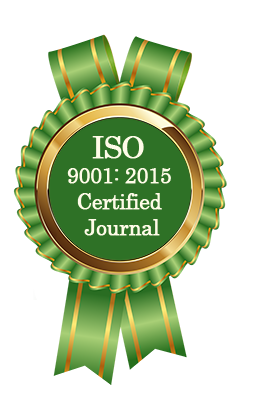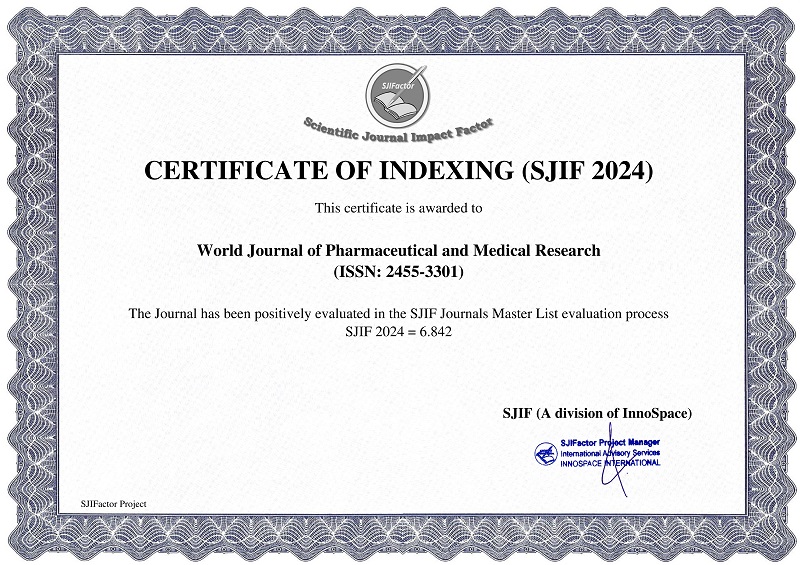SUCCESS OF PTERYGIUM SURGERY WITHOUT CONJUNCTIVAL AUTOGRAFT AND NON USE OF MMC ON PATIENTS (RURAL & URBAN)
Alok Vyas and Prem Prakash Jain*
ABSTRACT
A pterygium is a triangular shaped lump of tissue, an elevated superficial chronic lesion of the bulbar conjunctival tissue which grows from the conjunctiva (the thin membrane that covers the white of the eye) onto the cornea (clear central part of the eye). It is characterized by epithelial hyperplasia and elastotic degeneration. Also have invasive characteristics, including dysplastic expression, local invasiveness, and a high recurrence rate. The tumor-like characteristics of pterygium are expressed when reproliferation occurs after excisional surgery. A pterygium can occur in both eyes, usually on the nasal side of the eye. The exact cause of a pterygium is unknown, but they are strongly associated with exposure to ultraviolet radiation and hot dry environments. It can vary from small atrophic quiescent lesions to large aggressive rapidly growing fibro vascular lesions that can distort the corneal topography and in advanced cases they can obscure the optical center of the cornea. Pterygium can cause a significant alteration in visual function in advanced cases and may be inflamed resulting in redness and ocular irritation. Although various surgical procedures, including adjunctive treatments, have been proposed for the treatment of pterygium, recurrence remains a significant problem after surgical excision. Aim: To evaluate success of a newer simple method of Pterygium surgery without conjunctival auto graft and non use of MMC. Material & Methods: This is a Hospital based retrospective cross sectional case study, performed at Pacific Institute of Medical Sciences (PIMS), Udaipur (Rajasthan, India) of patients (belonging to rural or urban area) operated at Eye Department during May 2015 to Feb 2017. All patients were attending eye OPD having Pterygium and consenting for surgery. The patients were continuously followed up for treatment (mean follow-up period was from 12 to 18 months) and also observed for recurrence of the Pterygium. Statistical analyses were used for further critical conclusions. Results: There were 86 males and 114 females aged between 17 years to 85 years with average age 51.4 years with 14.3 standard deviation. Incidentally there were 200 eyes (either right or left) equally for treatment. Conclusion: In general Conjunctival autograft surgery alone for primary and recurrent pterygium is effective and safe in reducing the recurrence rate of pterygium. But the success results of this study pterygium surgery without Conjunctival autograft and non usage of MMC on patients gives similar results without sacrificing conjunctiva from other site in the eye.
[Full Text Article] [Download Certificate]



